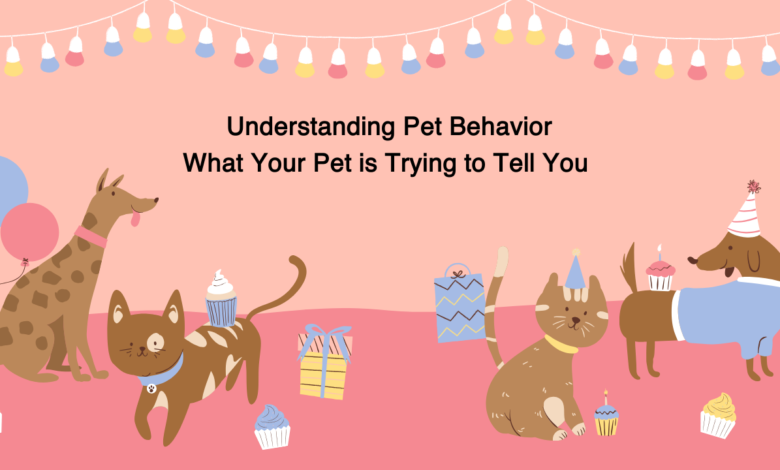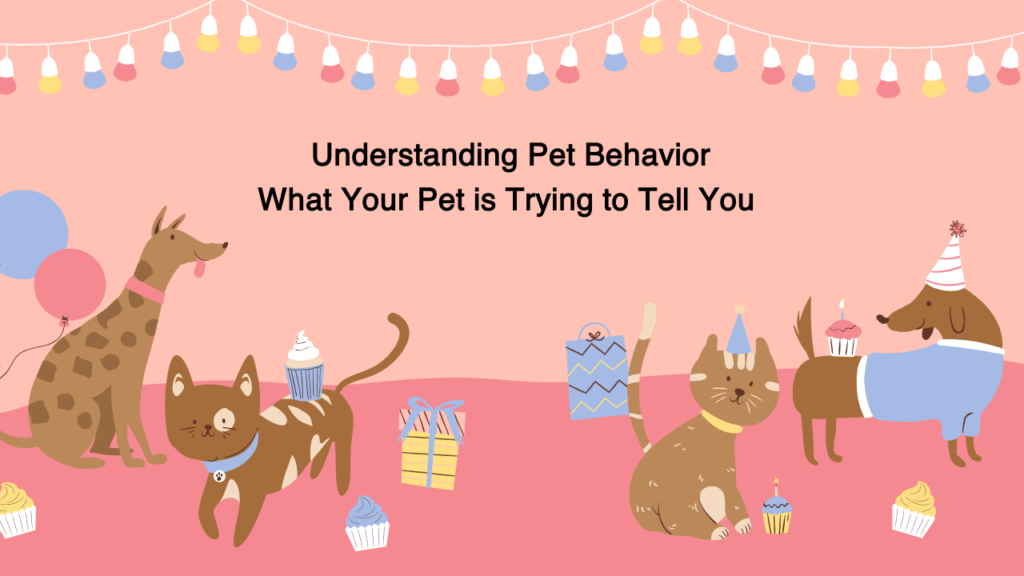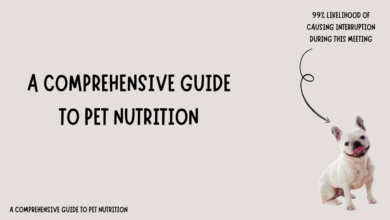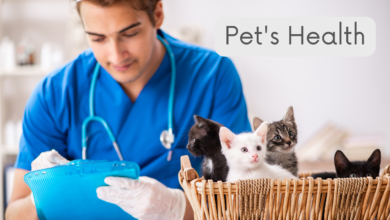
Spaying and neutering pets is a responsible and essential aspect of pet ownership. These procedures, which involve the surgical removal of reproductive organs, provide numerous benefits for pets and their owners. From controlling the pet population to enhancing the health and behavior of individual animals, spaying and neutering play a crucial role in ensuring the well-being of our furry friends.

This article delves into the importance of spaying and neutering, the procedures themselves, and the positive impacts they have on pets and the community.
Understanding Spaying and Neutering
- Spaying:
- Spaying, or ovariohysterectomy, is the surgical removal of a female animal’s ovaries and uterus. This procedure is typically performed on dogs, cats, and other small mammals to prevent them from becoming pregnant.
- Neutering:
- Neutering, or castration, involves the removal of a male animal’s testicles. This procedure is common for male dogs, cats, and other pets to prevent them from impregnating females.
- Timing of the Procedures:
- Veterinarians often recommend spaying or neutering pets at a young age, typically around six months. However, the timing may vary based on the pet’s breed, size, and health. It’s important to consult with a veterinarian to determine the best timing for your pet.
Health Benefits of Spaying and Neutering
- Prevention of Reproductive Cancers:
- Spaying female pets eliminates the risk of ovarian and uterine cancers and significantly reduces the risk of mammary tumors, especially when performed before the first heat cycle. Neutering male pets prevents testicular cancer and reduces the risk of prostate problems.
- Reduction of Health Issues:
- Spaying and neutering can prevent several health issues related to the reproductive system, such as pyometra (a life-threatening uterine infection in females) and certain types of hernias in males.
- Increased Lifespan:
- Studies have shown that spayed and neutered pets tend to live longer, healthier lives. The reduction in the risk of reproductive-related diseases contributes to their overall well-being and longevity.
Behavioral Benefits of Spaying and Neutering
- Reduction in Aggressive Behavior:
- Neutered male pets are often less aggressive and less likely to engage in fights with other animals. This can reduce the risk of injuries and improve social interactions with other pets.
- Decreased Roaming:
- Intact (unspayed or unneutered) pets often have a strong urge to roam in search of a mate, which can lead to them getting lost, injured, or exposed to traffic hazards. Spaying and neutering reduce this instinct, keeping pets safer and closer to home.
- Elimination of Heat-Related Behaviors:
- Spaying female pets eliminates the behaviors associated with being in heat, such as excessive vocalization, restlessness, and attracting unwanted attention from male animals.
- Reduction in Marking and Spraying:
- Neutering male pets often reduces or eliminates marking behaviors, such as urine spraying in cats and marking territory in dogs. This can lead to a cleaner, more pleasant living environment.
Controlling the Pet Population
- Reducing Overpopulation:
- One of the primary reasons for spaying and neutering pets is to control the pet population. Each year, millions of unwanted animals end up in shelters, and many are euthanized due to a lack of homes. Spaying and neutering help reduce the number of homeless animals and alleviate the burden on shelters.
- Preventing Unplanned Litters:
- Spaying and neutering prevent unplanned and unwanted litters. This is particularly important for pet owners who may not have the resources or desire to care for additional animals.
- Supporting Community Health:
- Controlling the pet population through spaying and neutering helps reduce the number of stray animals, which can carry diseases and pose risks to public health and safety.
The Procedures: What to Expect
- Pre-Surgery Preparation:
- Before the surgery, your veterinarian will conduct a thorough health check to ensure your pet is fit for the procedure. You may be asked to withhold food and water for a certain period before the surgery.
- The Surgery:
- Spaying and neutering are performed under general anesthesia, ensuring your pet is pain-free during the procedure. The surgeries are relatively quick, usually taking less than an hour. For spaying, the veterinarian makes an incision in the abdomen to remove the ovaries and uterus. For neutering, the testicles are removed through a small incision in the scrotum.
- Post-Surgery Care:
- After the surgery, your pet will need time to recover. Follow your veterinarian’s instructions for post-operative care, which may include pain management, restricted activity, and monitoring the surgical site for signs of infection. Most pets recover fully within a week or two.
Addressing Common Concerns
- Weight Gain:
- Some pet owners worry that spaying or neutering will cause their pet to gain weight. While the procedure itself doesn’t cause weight gain, changes in metabolism and reduced activity levels can contribute. Maintaining a balanced diet and regular exercise will help keep your pet healthy.
- Personality Changes:
- Spaying and neutering can lead to positive changes in behavior, such as reduced aggression and roaming. However, these procedures do not change a pet’s fundamental personality or energy levels.
- Cost:
- The cost of spaying or neutering varies depending on the location, the veterinarian, and the size of the pet. Many shelters and animal welfare organizations offer low-cost or subsidized spay/neuter programs to make the procedures more accessible.
The Broader Impact of Spaying and Neutering
- Supporting Animal Welfare:
- By spaying and neutering your pets, you contribute to the overall welfare of animals in your community. Reducing the number of unwanted animals helps ensure that more pets can find loving homes.
- Promoting Responsible Pet Ownership:
- Spaying and neutering are key components of responsible pet ownership. These procedures demonstrate a commitment to the health and well-being of your pet and help set a positive example for others.
- Encouraging Community Involvement:
- Community-based spay/neuter programs and awareness campaigns play a crucial role in promoting these procedures. Supporting and participating in these initiatives helps create a more humane and responsible pet-owning community.
Conclusion
Spaying and neutering are essential aspects of responsible pet ownership that provide numerous health and behavioral benefits for pets while helping to control the pet population. By understanding the importance of these procedures and the positive impact they have, pet owners can make informed decisions to ensure the well-being of their furry companions. The commitment to spaying and neutering reflects a broader dedication to animal welfare and community health, ultimately contributing to a more compassionate and responsible society.





